Castelbottaccio lies on the slopes of the hill, at an altitude of 618 meters above sea level, on the left side of Biferno river; located in an extremely varied vegetation for its presence and morphology. It enjoys an excellent geographical position for its healthy and mild climate and charming for sweeping panoramic views that, from its highest point (Colle Iannone, 717 meters above sea level), ranging on the surrounding areas to the Matese, Biferno and come up to sea and Tremiti islands.
Castelbottaccio medieval old stone village in Molise
Stand out in the eyes of the richness and variety of the landscape, meeting beautiful oak forests through a path of fields planted with fodder.



“Photo of Pietro Iocca”



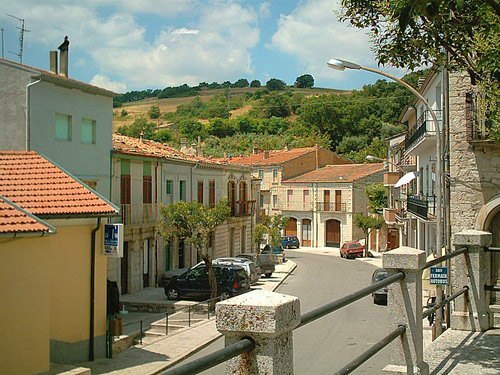


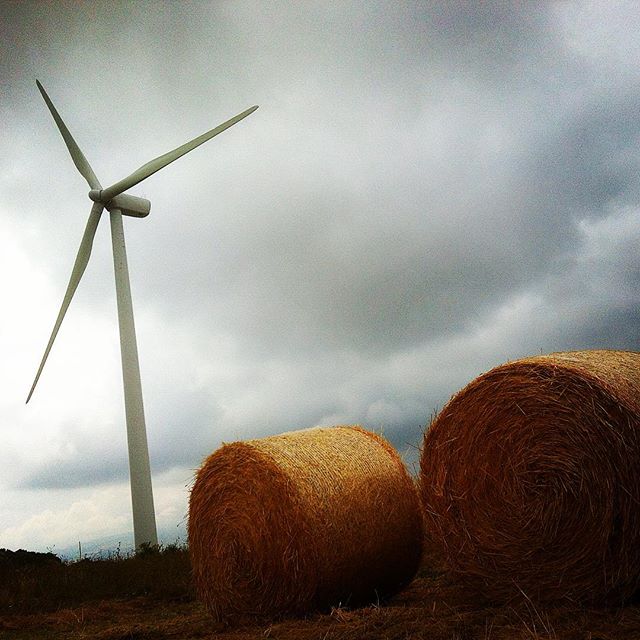

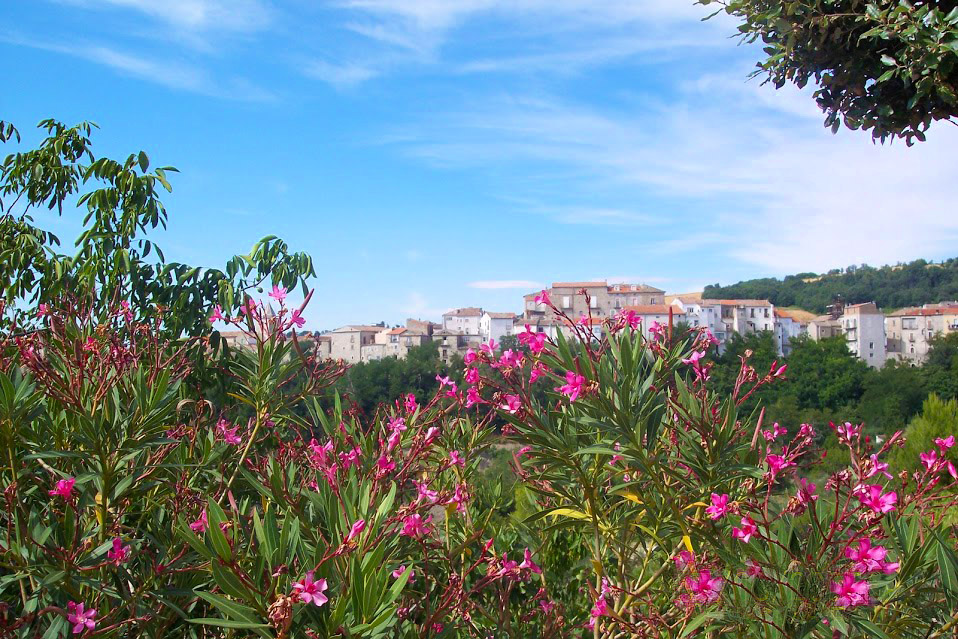



Fruit trees in bloom in spring provide a beautiful display of colors soft and colorful, woods, pastures of deep green, small hills, gullies, crevices, ancient paths and trails provide an intact endowment to be discovered.

Castelbottaccio counts 349 inhabitants (Castelbottaccio) and has an area of 11.3 square kilometers with a population density of 37,35 inhabitants per square kilometer. It rises 618 meters above the sea level. The old urban core is medieval and retained much of the original typical environment floor plan.

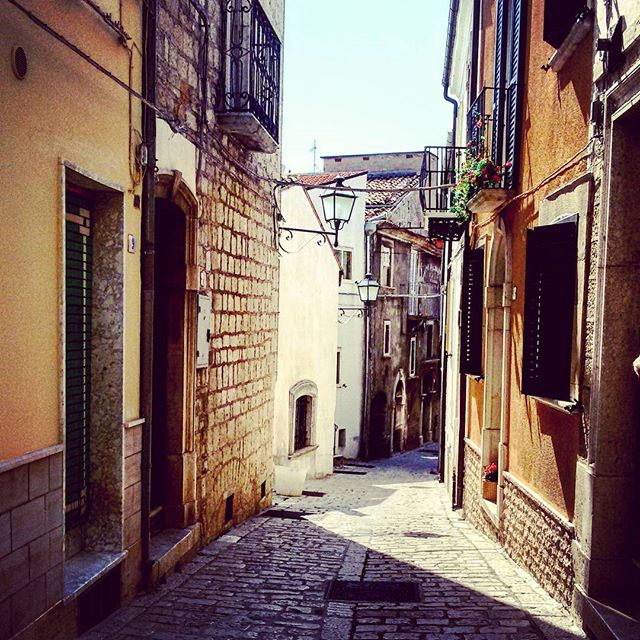
There are no reliable information that could shed light on the origin of the name, however, in a document of 1148 appears the name “Calcabuttaccio” (rock surrounded by a moat filled with water) and in a document of 1767 appears for the first time the current name. A well-known figure in the life of Castelbottaccio is Donna Olimpia Frangipane, young wife of the elder Baron of Castelbottaccio Don Francesco Cardone.
Art, Culture, Environment
In the town there is the Church of Santa Maria delle Grazie, an old building. From a tombstone found during the restoration work we read the date of 1178 and is therefore one of the oldest churches. Once part of the Diocese of Guardialfiera (until 1818), currently is combined with that of Termoli- Larino. In the district of Sant’Oto Macchia it is located a rural chapel.

The hill of St. Just (650 meters above sea level) is extended to about three hectares. Besides the wide view, its atmosphere is spiritual.

Here Sunnis pastors flocked to the shrine near Hercules to bring offerings and to obtain protection for the herds. In Roman times there was active a Roman villa, the neighbor across to Casalpiano (Morrone). Until a few years ago still it was noted big casts made of concrete for the manufacture of dolii (the area is rich in clay). In ‘500, under the Aragonese, the potters of the place decided to build a chapel in honor of their patron, St. Just in Seville.
Among the most significant building structures of the country there is the e Baronial Palac of Cardone, which remains a stone portal.

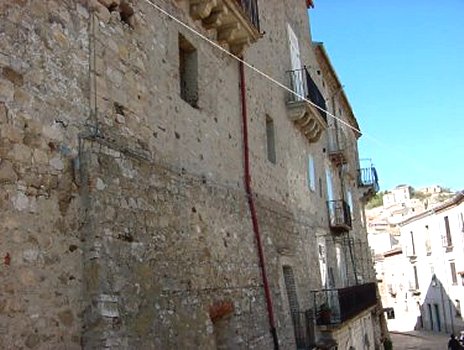
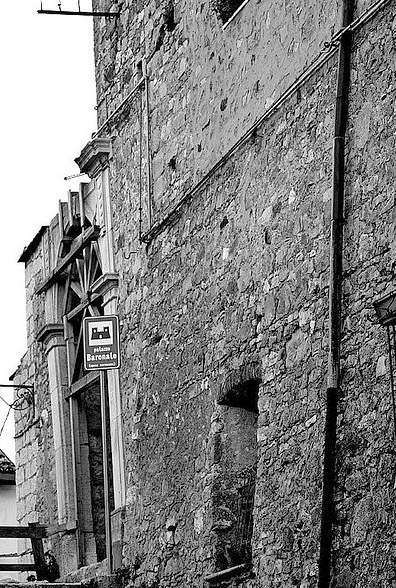
The structure dates back to Norman times, when they consolidated the fortification of the heights, with walled towns, round-towers, with the castle of the feudal lord, the mother church, the houses of the people. A facade of the baronial building gives on Via Vittorio Emanuele, with a characteristic stone staircase that leads to the main entrance, surmounted by a portal worked in stone, which bears a remarkable frieze. Top of the staircase there were two beautiful mastiffs stone (“courses”), sold to local families, that they still preserve their homes. On the ground floor there are the rooms once used by servants. On the opposite side there was a secret entrance, which led to the prisons, and if necessary, served as a loophole in case of attacks. Around the building there was a garden surrounded by walls, moat and drawbridge for water.
SQUARE OF VICTORY
It is the square, the social and public center par excellence. Anyone who passes gets noticed. Here relationships are established and is where the market is held weekly. it is also the bus stop where school children who go to school. It isthe natural meeting place.

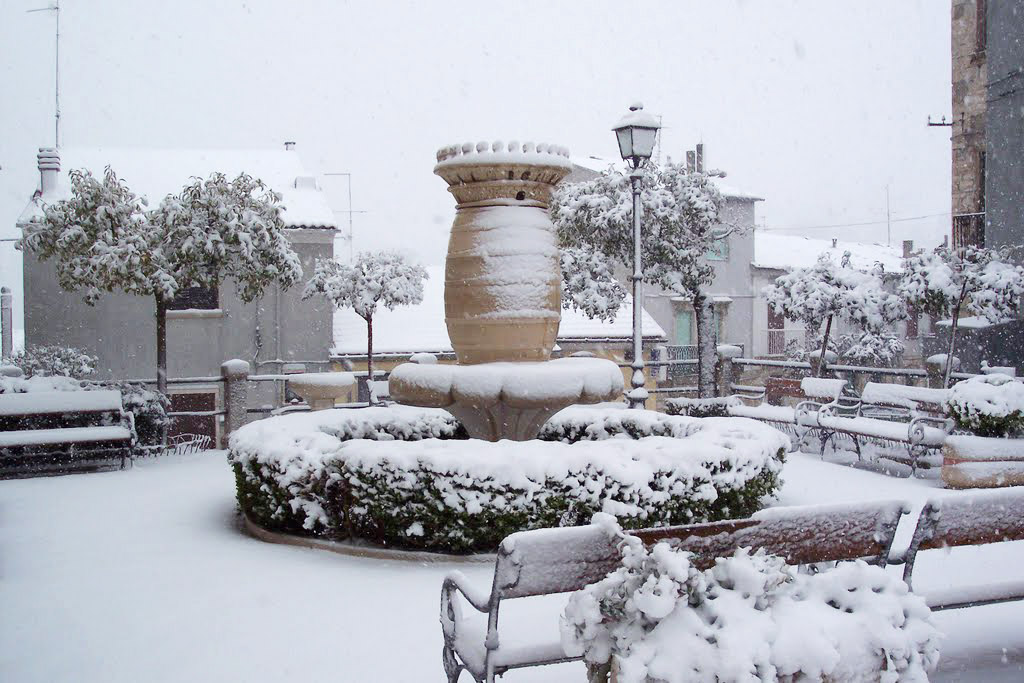

The City Council resolution in 1881 and in 1900 to call it “Town Hall Square”, then “Victory Square”, an important and challenging name confirmed in 1965.
The territory of Castelbottacciois is crossed by the cattle track Celano-Foggia, main road, green road, wool road, big way communication, cuts all the Apennines, is 208 km long, including 84 in the Molise region. Castelbottaccio combines with the pastures of Abruzzo (summer), through other villages like Salcito, Bagnoli, Pietrabbondante, Vastogirardi, S. Pietro Avellana and those from Puglia (winter), crossing Morrone, Ripabottoni, Bonefro, San Giuliano di Puglia.
Holiday Calendar and Events:
January 5th and 6th songs of alms (currently unused).
Jan. 16th St. Antonio Abate protector of animals.
March 19th St. Joseph’s devotion of the local people accommodate three people representing the “Holy Family”, and feed them the “soup” consisting of various dishes, without meat.
June 12th when is made a bonfire in honor of St. Anthony of Padua.
June 25th when remember the fall of lightning (25 June 1888) that tore part of the chest and two fingers of baby statue of the Virgin of Grace.
July 29th Feast of St. Optatus.
July 30th Feast of Our Lady of Grace.
July 31st St. Oto (the patron).
Aug. 1st to 21st Summer castelbottaccese.
August 22nd to 23rd festival and fair in honor of St. Just.
September 21st St. Matthew (now only feast) On that occasion, animals and agricultural vehicles, adorned with land products, then offered to the parish, paraded in front of the chapel of St. Rocco in thanks of the good year and narrow escape, receiving the blessing.
November 25th St. Catherine (with the fair through the streets of the village).
Traditional gastronomy
The local gastronomy has remained tied to the ancient tastes of rural culture. Prevail foods of the past, that is the homemade pasta and meat sheep and swine. Great are the recipes for preparing lamb. The sausages of pork are a credit of Castelbottaccio, as well as brawn, sausages and hams, products made according to old procedures handed down from generation to generation. The process of “maturing” in the dry air of the mountains makes them particularly tasty.

Grandma’s recipes still require the use of many quality of legumes (beans, chickpeas, beans, peas, grass peas), which are cooked over low heat, “steam” in “pignate” terracotta. The oil is obtained “cold” in old mills, olives cleaned by hand from the leaves and freshly picked. Great is the sheep and goat cheese, produced and aged according to traditional procedures.
Desserts are simple, with a little sugar and a few eggs: stuffed bagels, pasta with almonds, and tarallini caragnoli.
Typical dishes
FUSILLI: you are obtained by rolling up a cube of dough around a thin zone (cue to umbrella), about 10 cm long. – Drizzle with sauce red meat
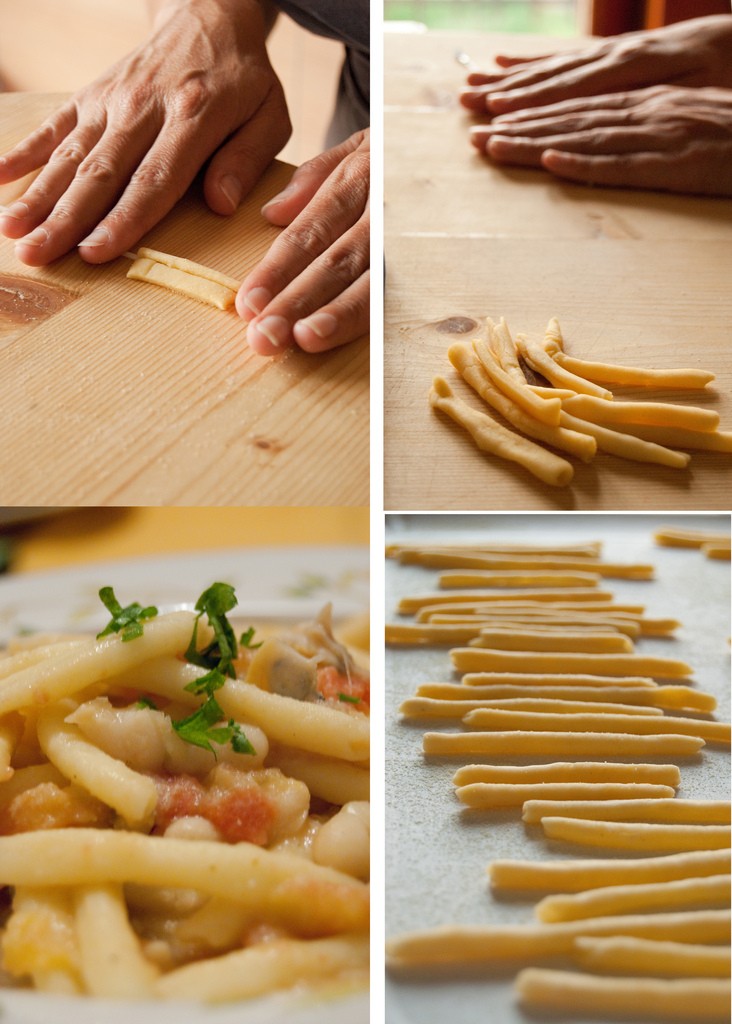
CAVATELLI: sort of dumplings, durum wheat, with one or two hollowed, topped with red sauce and sausage meat.
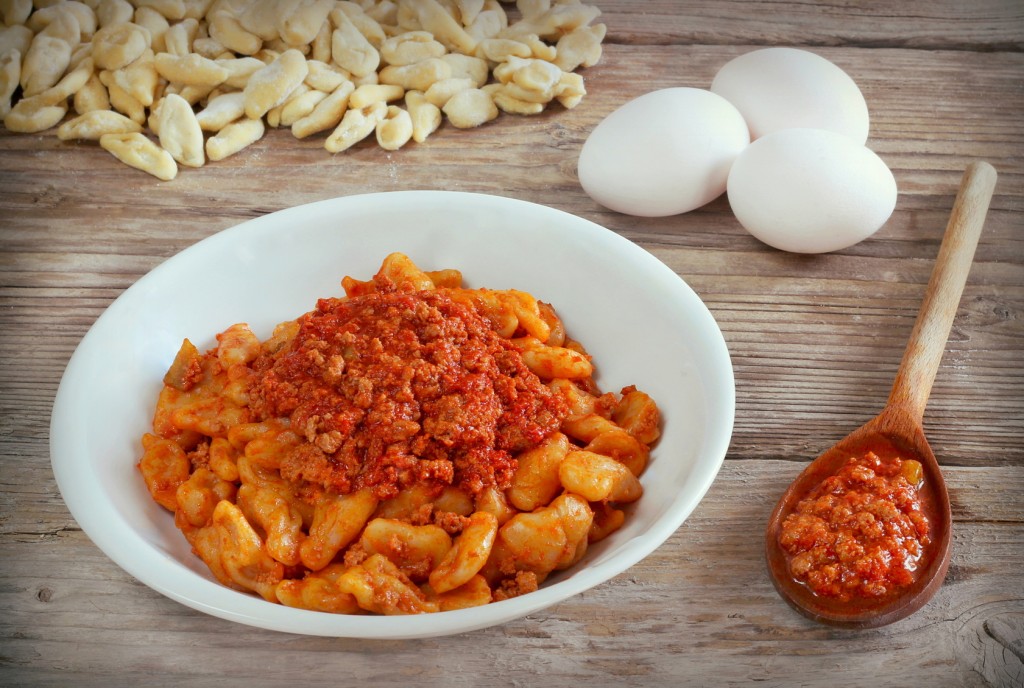
SAGNITELLE: kind of fettuccine made with whole wheat flour; they usually eat along with boiled legumes.
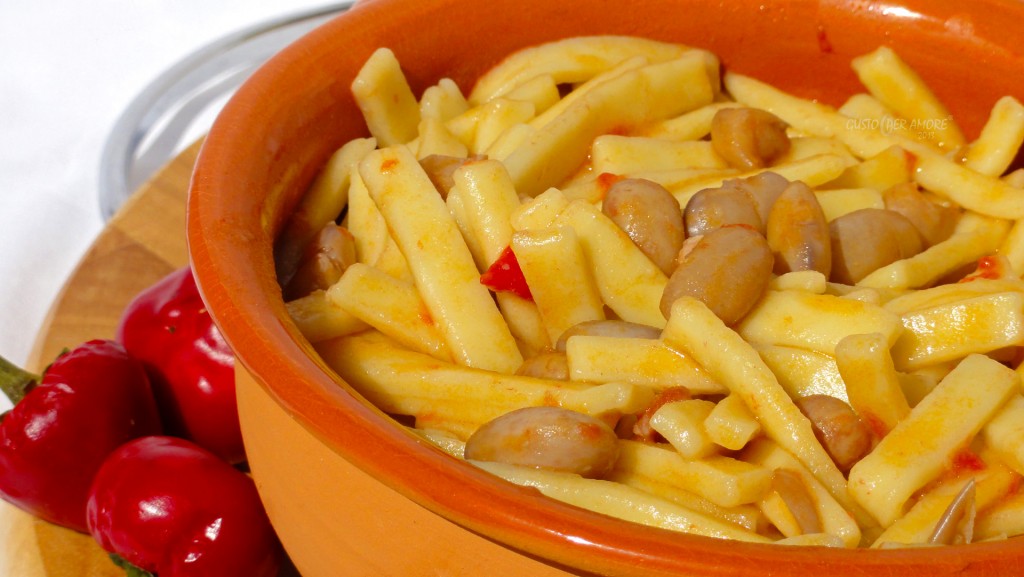
SAUSAGES and brawn: pork stuffed, seasoned with spices and pepper, salt and pepper, later dried in doses of smoke and then put in oil.

STUFFED TARALLI: for the dough – eggs, flour, sugar and vanilla. For the filling: cooked grape must, honey, chocolate, ground almonds and cinnamon.
TARALLI: you are obtained with the mixture of eggs, sugar, flour 00 and a little liquor. For the glaze: egg whites and sugar whipped.
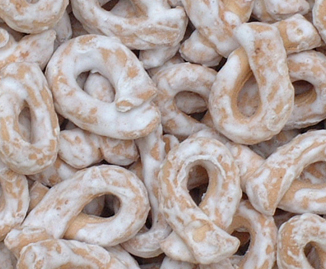
CARAGNOLI: fried dough dipped in honey (especially for the feast of St. Joseph).

Neighboring municipalities in Castelbottaccio
Lupara 2,3 km

Lucito 3,0 km

Civitacampomarano 3,6 km

Morrone del Sannio 7,5 km

Gaurdialfiera 15 km

Campobasso 34 km

Parco regionale del Matese 75 km

Termoli 40 km







